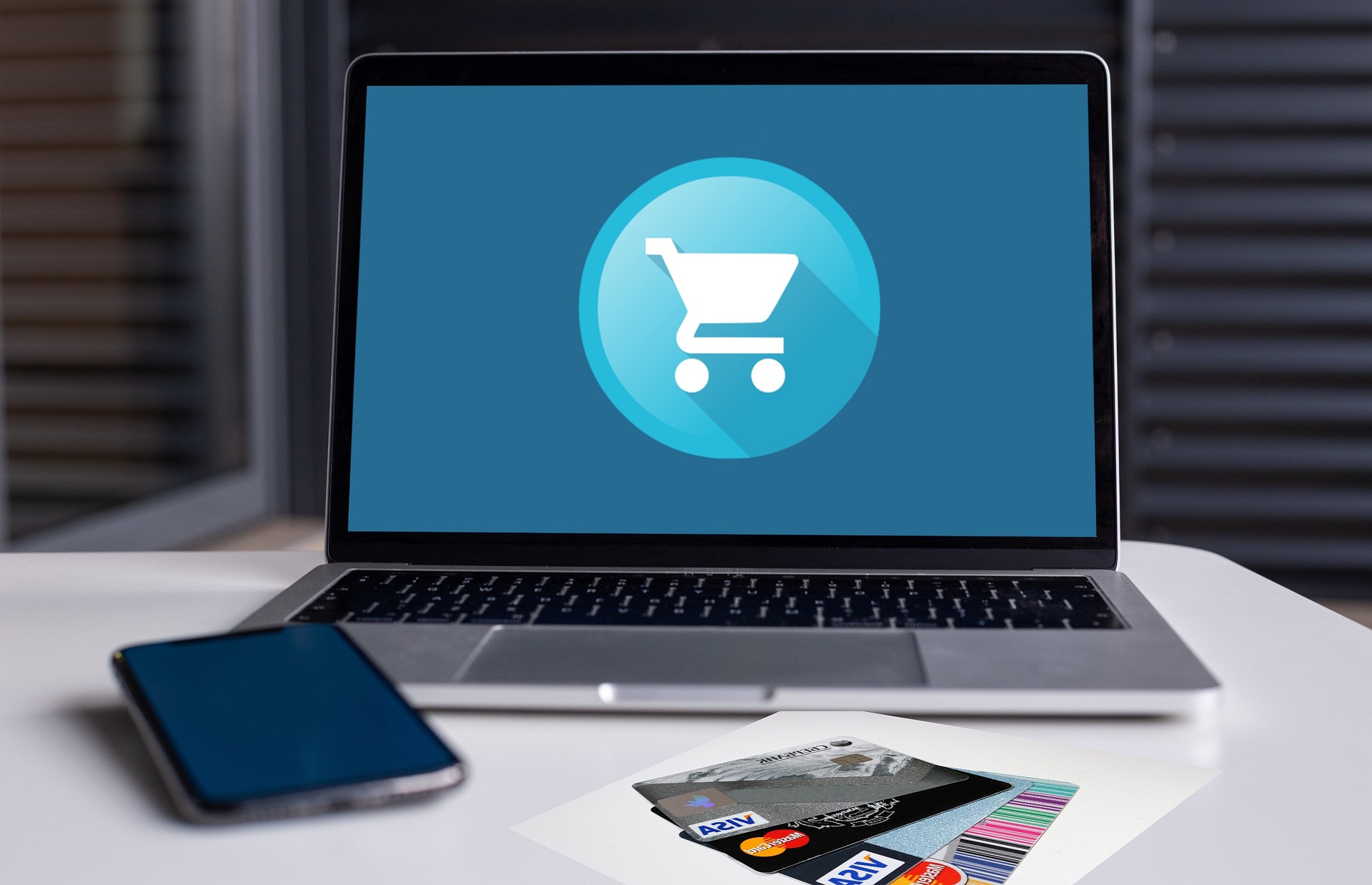Integrating Mobile Payment Options to Enhance Conversion
Mobile payments are changing how consumers complete purchases on phones and tablets. This article explains practical steps for integrating mobile payment options to speed checkout, reduce cart abandonment, and support retail and marketplace experiences across channels like social commerce and live commerce.

Mobile payment options influence whether shoppers move from cart to completed order. Fast, familiar, and secure mobile payments reduce friction during checkout by minimizing manual entry and leveraging device-native authentication. Merchants who prioritize mobile-friendly payment flows—while coordinating personalization, recommendations, and operational systems—can support better conversion across e-commerce platforms, retail sites, and marketplaces.
How do mobile payments affect checkout and cart behavior?
Mobile payments shorten the path from cart to purchase by reducing the number of fields a buyer must enter on small screens. Mobile wallets, tokenized card flows, and one-tap solutions minimize input errors and speed the final step of the purchase. Device authentication such as biometrics removes repeated password prompts, which lowers abandonment at checkout. Clear order summaries, persistent cart recall across sessions, and fast reauthorization help maintain momentum for buyers returning from browsing to buy.
What role do BNPL and payment options play in conversion?
Buy-now-pay-later (BNPL) and other flexible payment options extend affordability for price-sensitive shoppers and can increase average order values when implemented transparently. Present BNPL alongside traditional card and wallet methods, showing representative terms and eligibility cues before the final step so customers understand costs. Evaluate provider fee structures and integration complexity, since financing options can affect net margins. A balanced mix of payment options helps capture different buyer preferences without confusing the checkout experience.
How can e-commerce and marketplaces integrate mobile payments?
For e-commerce sites and marketplaces, consistency and reliability across buyer and seller flows is essential. Use proven payment SDKs and APIs that support mobile wallets, in-app payments, and tokenization. Ensure the checkout is responsive and that guest flows still accept popular mobile methods. For marketplaces, address split payments, fee reconciliation, and seller settlements within the payment architecture. Test across device types and network conditions to prevent failures that harm conversion and to ensure smooth settlement and dispute handling.
Can personalization and recommendations boost mobile conversion?
Personalization and contextual recommendations shorten decision time and complement mobile payment convenience. Prepopulating shipping and payment preferences for logged-in users reduces friction, while contextual product suggestions based on cart contents can increase cart value. Respect privacy and consent when storing payment preferences; only surface saved methods when customers have opted in. A/B test whether highlighting a preferred payment method or offering tailored promotions at checkout increases completion without introducing decision paralysis.
How do social commerce, live commerce, and augmented reality intersect with payments?
Social commerce and live commerce blur discovery and purchase inside social platforms, where integrated mobile payments keep friction low. Embedding wallets or one-click checkout inside these experiences preserves impulse momentum created during live streams or in-app browsing. Augmented reality product try-ons benefit from embedded payment flows that allow users to go from interaction to payment without redirecting away, preserving conversion in immersive shopping moments. Work within platform policies and optimize for low-latency payment flows.
What operational impacts do payments have on logistics and sustainability?
Payment choices affect fulfillment timing, fraud checks, and return handling. Faster mobile checkouts can increase order volumes, so logistics systems must scale to meet demand without compromising delivery times. Payment authorizations and settlement windows determine when warehouses release orders and how returns are processed. Presenting eco-friendly shipping options and consolidated delivery choices during checkout helps align consumer preferences with sustainable logistics planning, supporting reduced emissions and packaging waste where possible.
Conclusion Integrating mobile payment options successfully requires aligning user experience, payment infrastructure, and operational workflows. Prioritize mobile-first checkout flows that support wallets, tokenization, and transparent financing like BNPL, while ensuring personalization respects privacy. Coordinate payment systems with logistics and sustainability choices so higher conversion translates into manageable and responsible order fulfillment.





